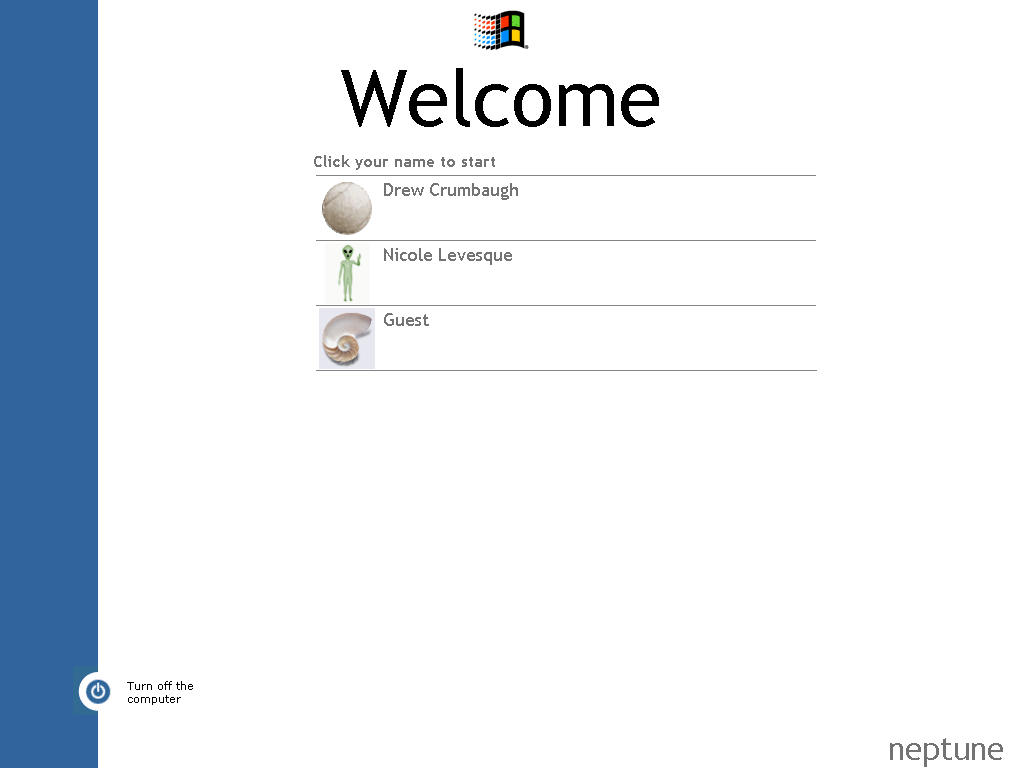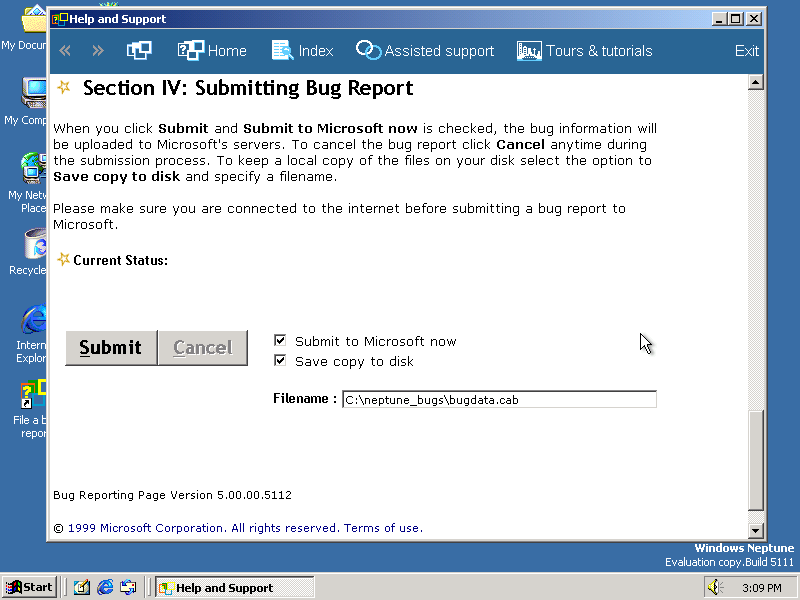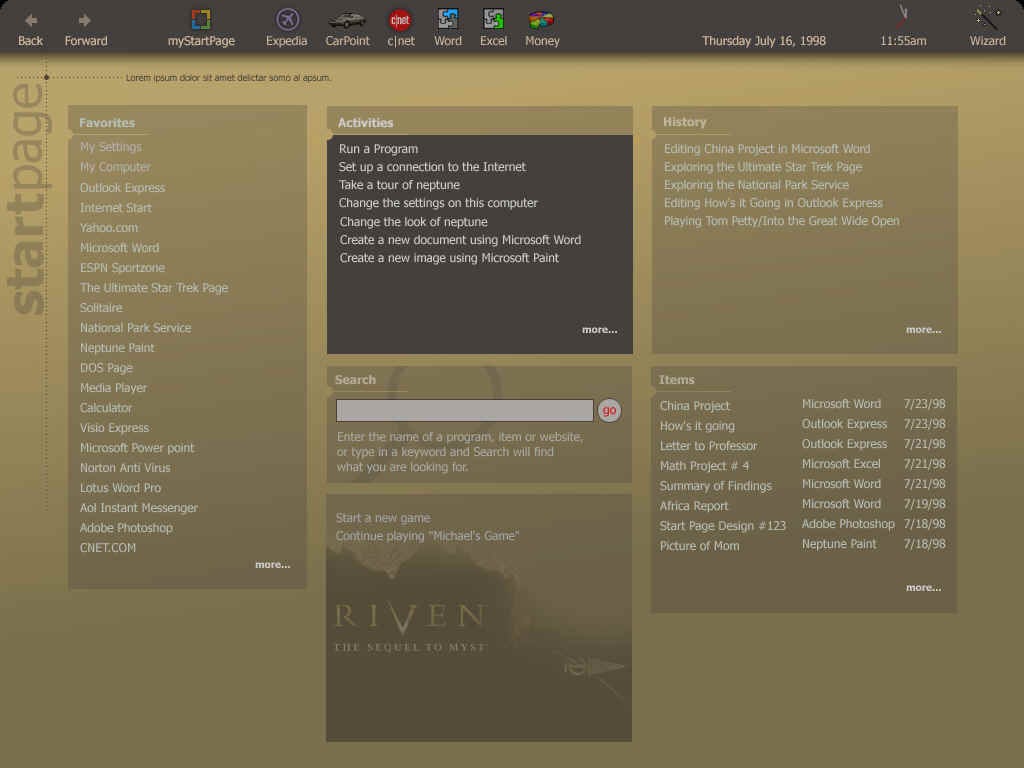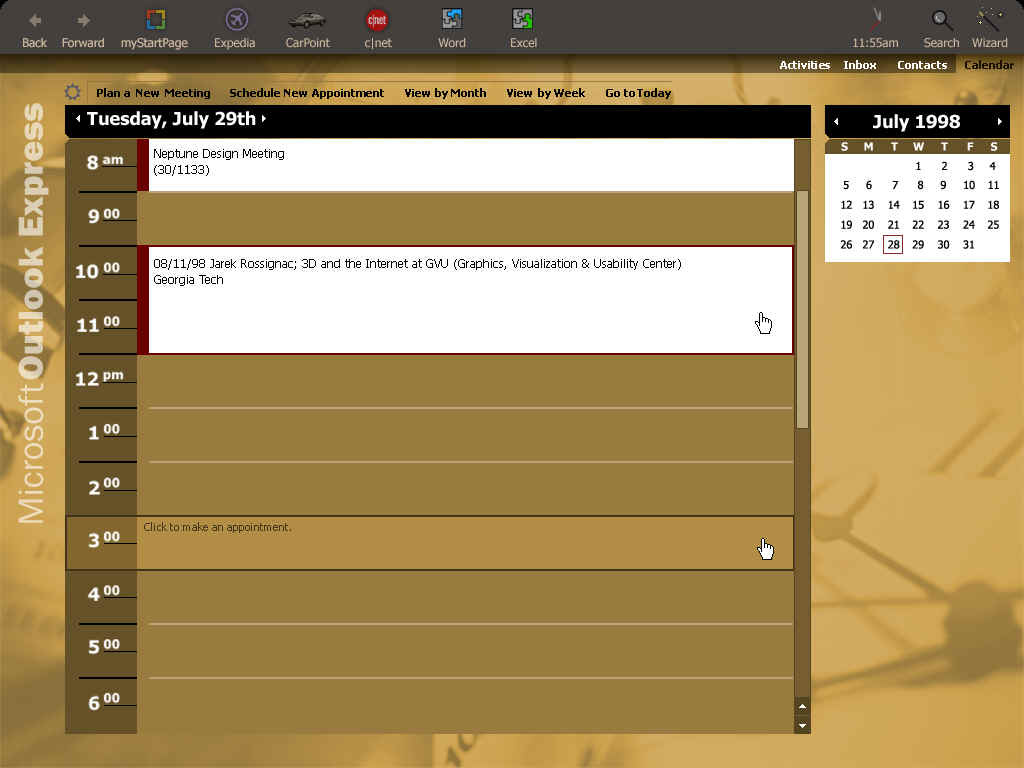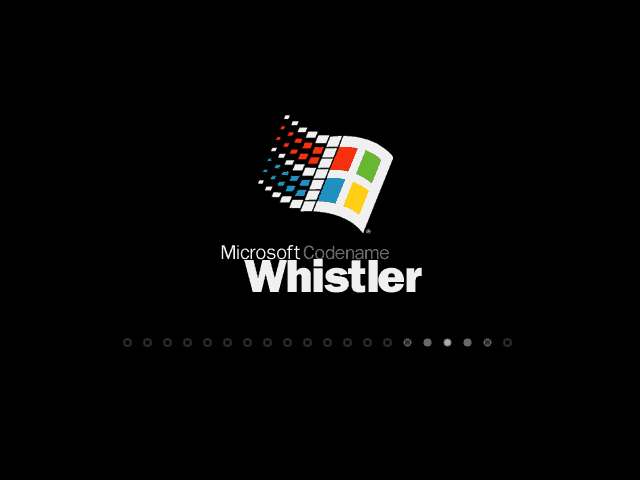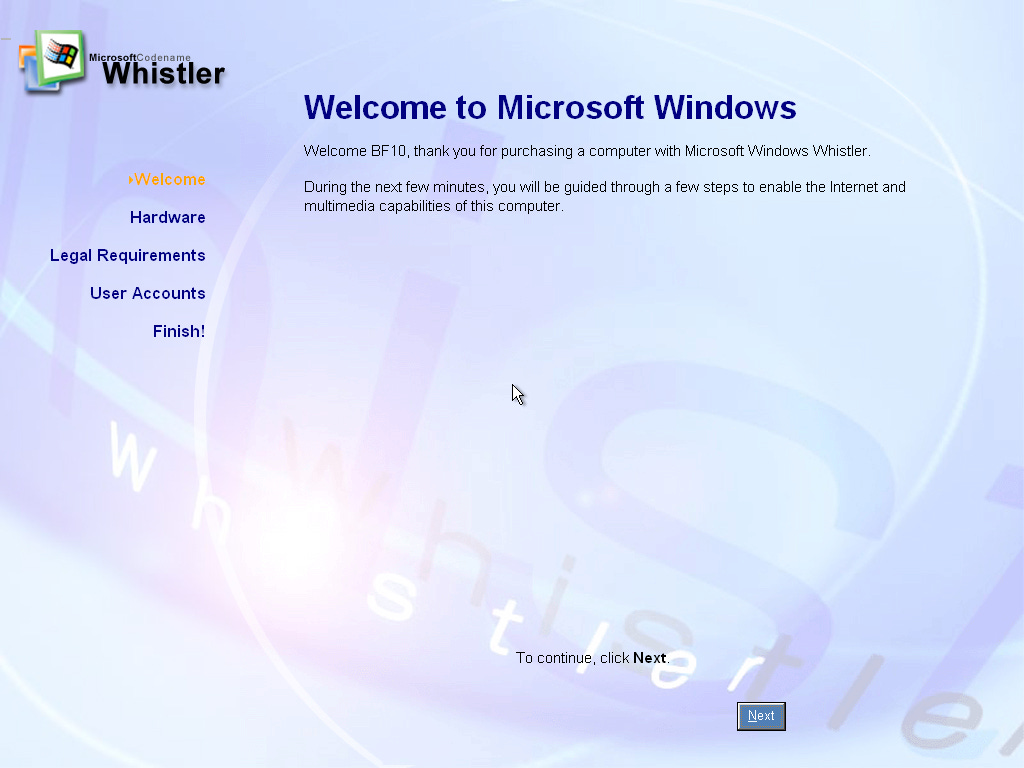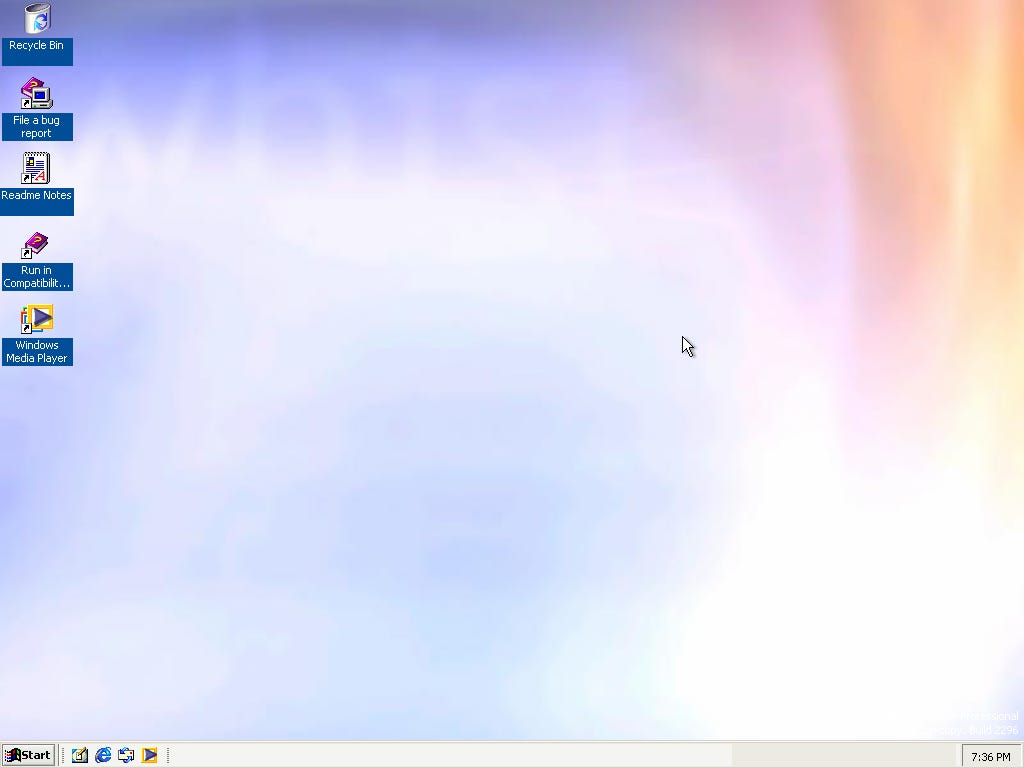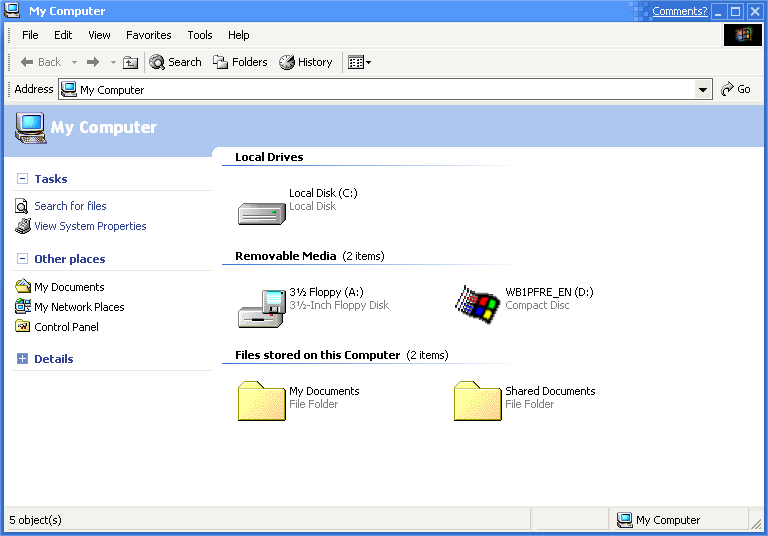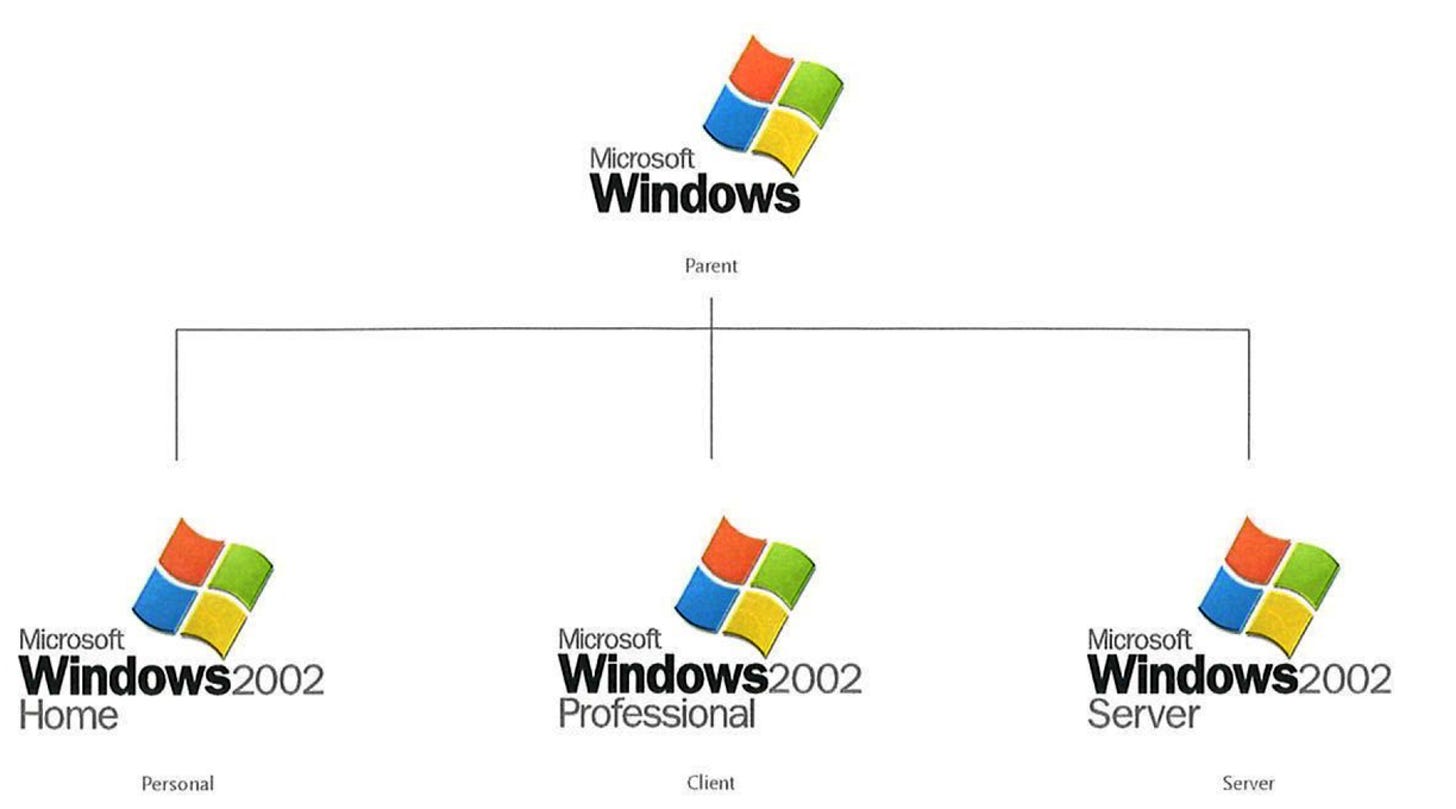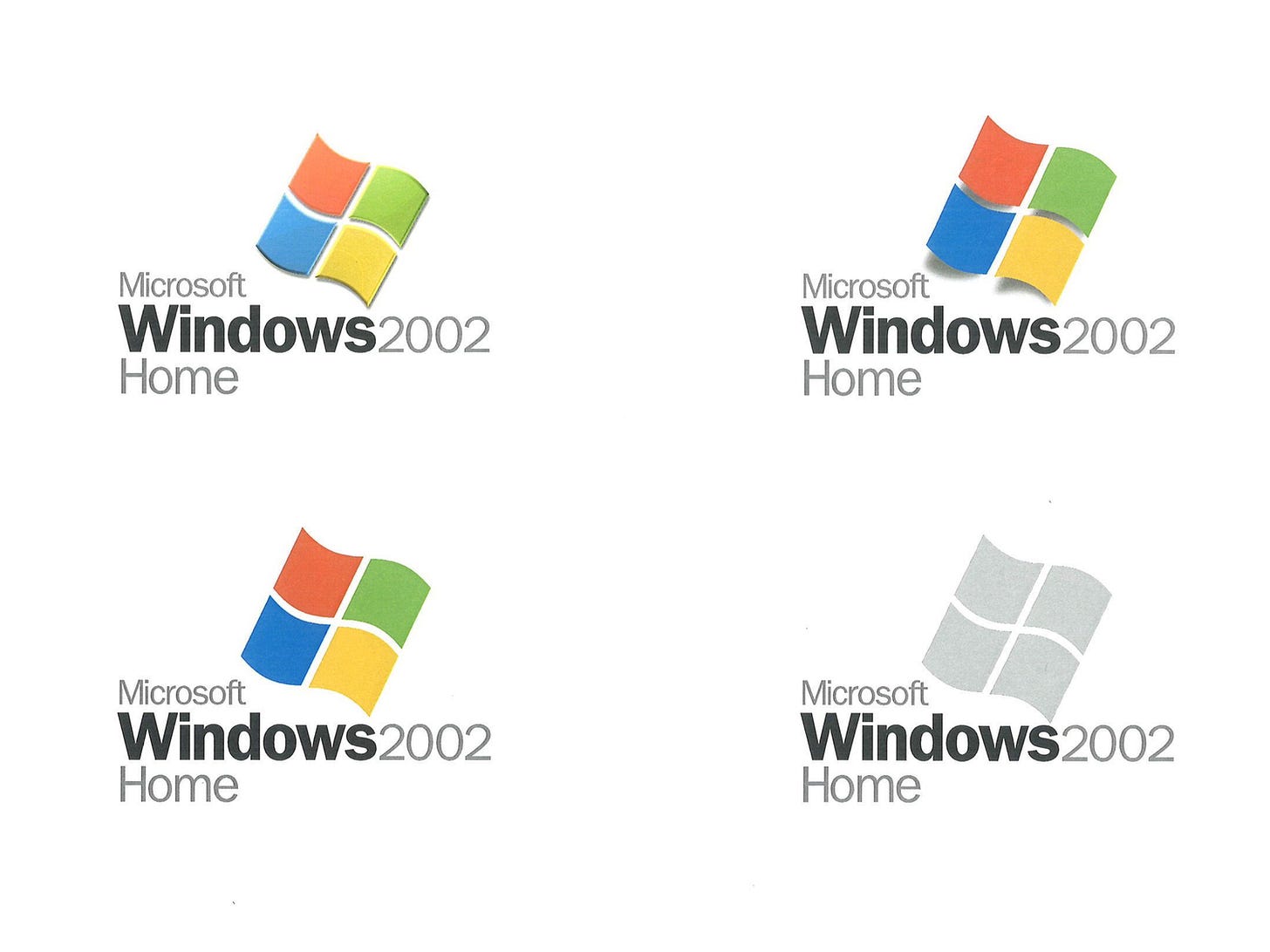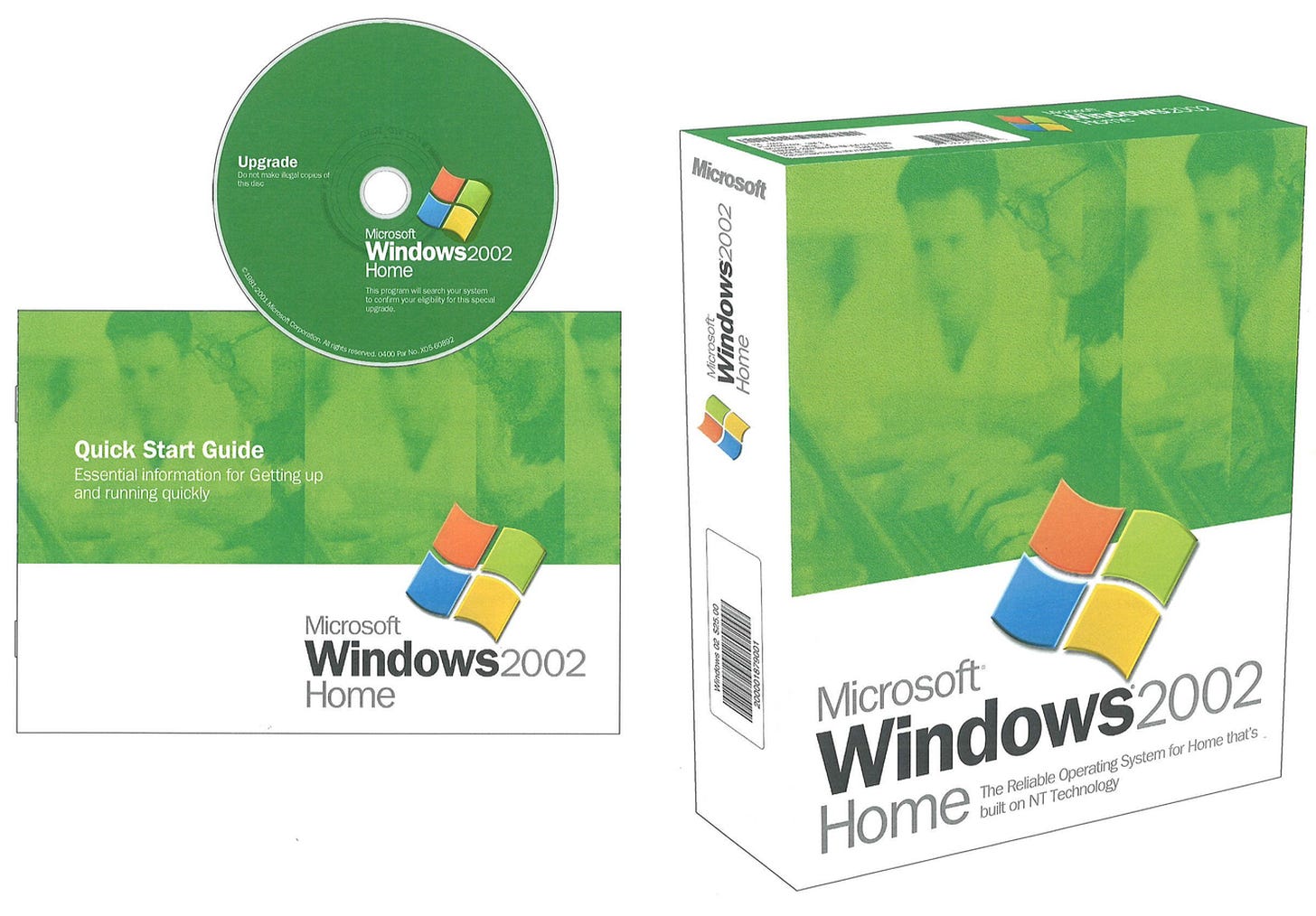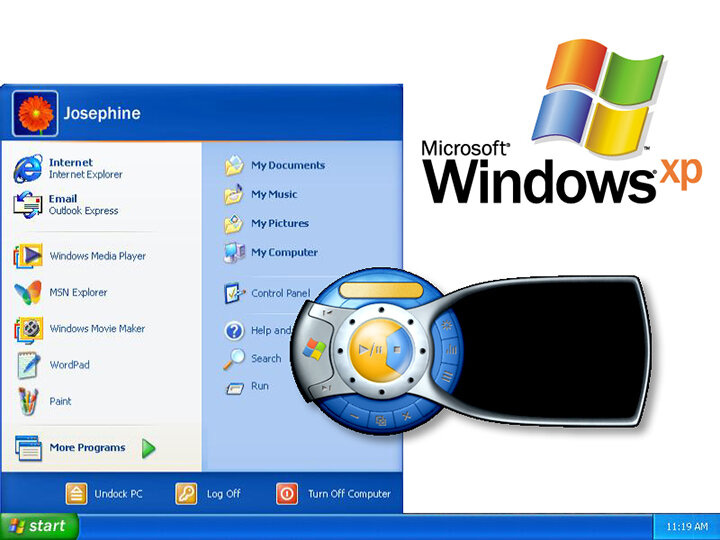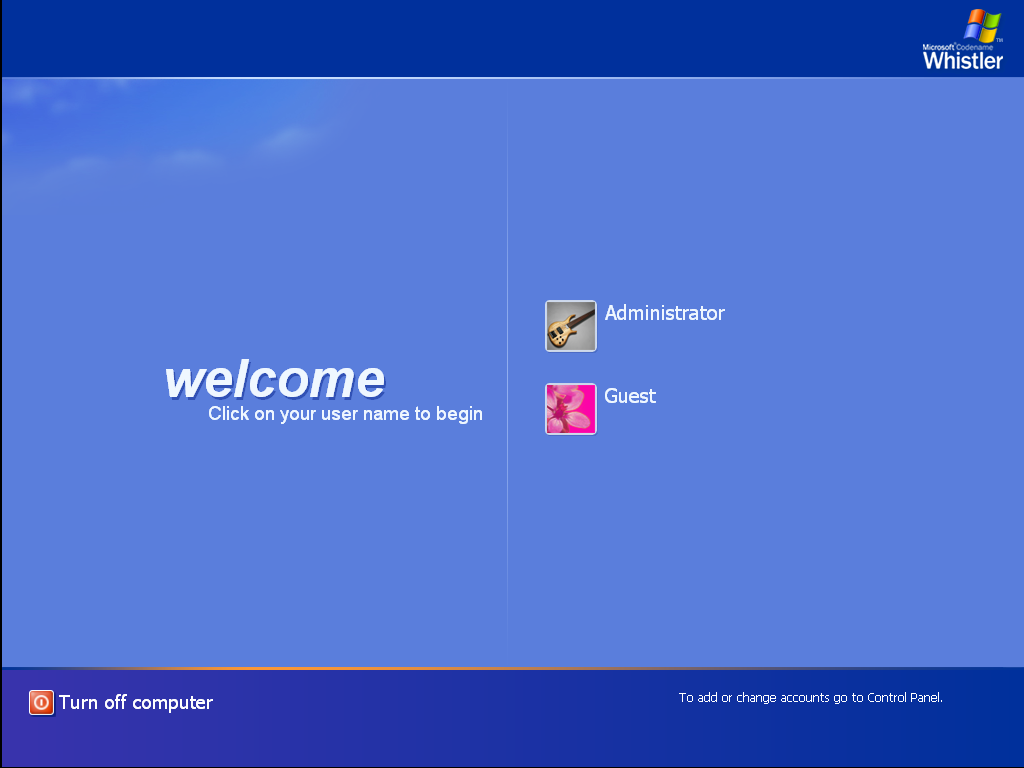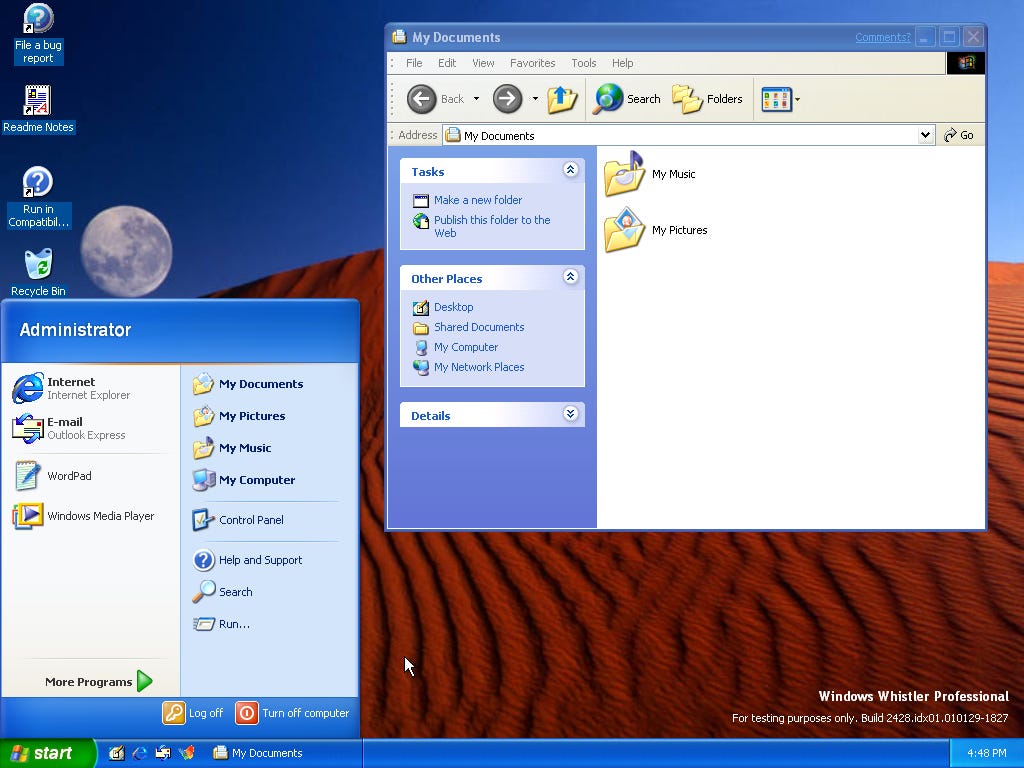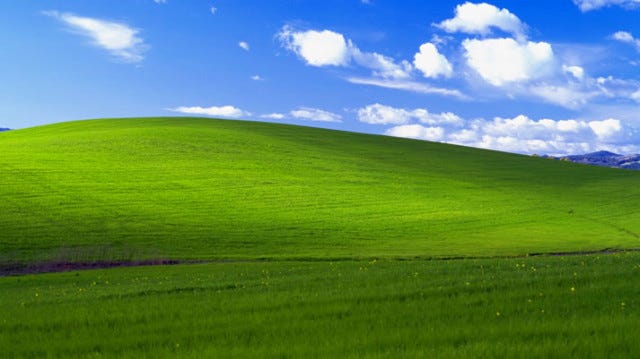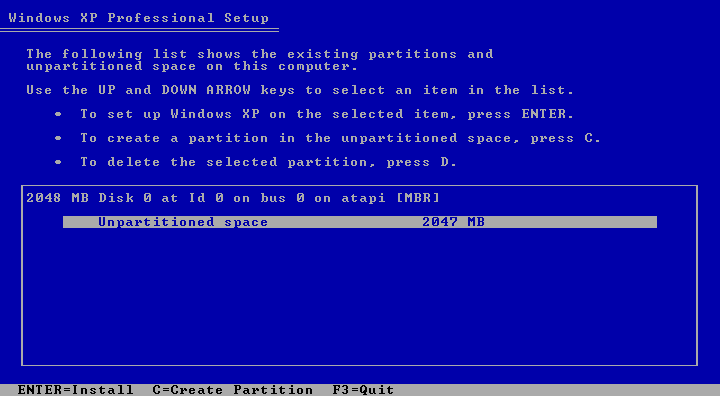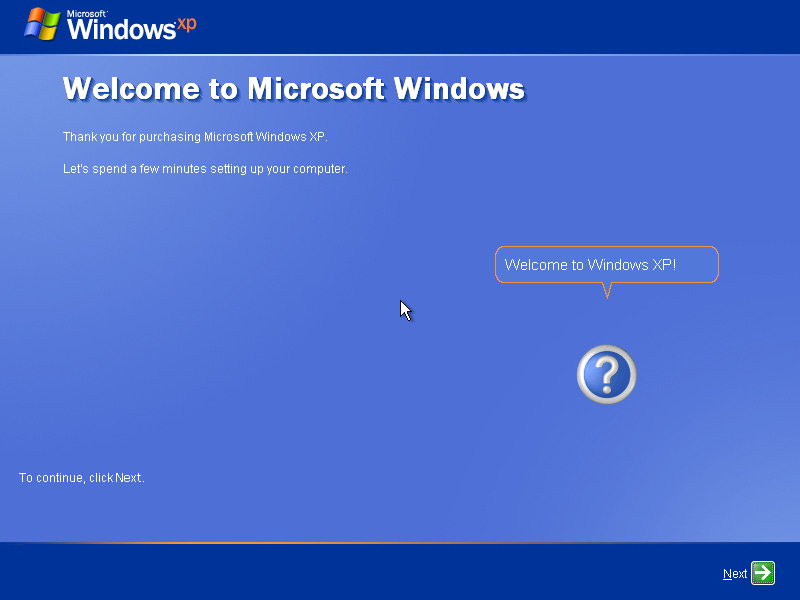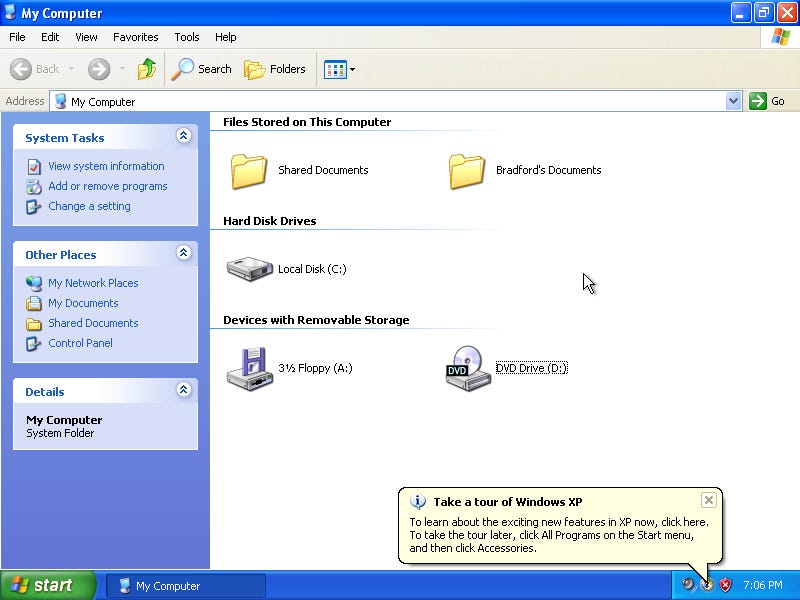The History of Windows XP
NT Vincit Omnia
Microsoft is an interesting company. It is a company whose omnipresence shapes the perception of its products. By the end of the 1990s, Microsoft’s products had become part of the landscape of life. Any change to any product would stir overreaction whether it be positive or negative, and some time later, that same product would just be quotidian, and the next release would be the problem of the world or the cure to all ills. The previous release would then be the single most loved and cherished thing to have ever existed.
This presented a rather serious issue for Microsoft. As the company in charge of the world’s computer operating system, office suite, web browser, media player, and encyclopedia, they could make no changes without upsetting people. This was especially bad given that the foundation upon which Microsoft had built all of this was something they didn’t really like. Nearly from inception, Microsoft wanted to kill MS-DOS and replace it with XENIX and XEDOS. This changed on the 10th of June in 1985 when Microsoft and IBM inked a joint development agreement for OS/2. This agreement died when Microsoft’s Windows 3 saw success. IBM wanted rights to the OS, and BillG felt insulted. Gates’ strong reaction and refusal likewise stirred a sense of betrayal within IBM. With both parties feeling wronged, they worked out a deal for shared use of some technologies and promptly divorced.
To any outside observer, this would have appeared disastrous for Microsoft. Despite the rise of strong competition, IBM was still huge. It was one David Neil Cutler Sr who proved to be instrumental to Microsoft’s dilemma. Having recently worked on DEC’s VMS, he was precisely the kind of engineer who could get Microsoft out of MS-DOS entirely and provide an operating system well suited to a more technologically complicated environment. What he and his team created was Windows NT. The new operating system had VDMs (virtual DOS machines) for MS-DOS compatibility (x86 only), and it had personalities that would allow some compatibility for both UNIX and OS/2. With the arrival of NT, OS/2 was an IBM affair. While Microsoft continued supporting office applications and some other software for OS/2, the future for Microsoft was NT.
The killing of all MS-DOS legacy and the consumer Windows operating systems that booted off of it, was originally supposed to have been Windows 2000. The cancellation of this plan was announced on the 7th of April in 1999.
The path to unification wasn’t clean. The original project for a consumer release of NT was called Neptune, and it was focused on a major redesign of the user interface. The thought was to create something task-oriented where a user would be presented with pages focused on a single thing. These pages, a UI codenamed Forms+, were implemented using the Mars framework which allowed the combination of HTML/JS with Win32, and there was even hope that a user wouldn’t need to manually save anything. Microsoft had a full roadmap for Neptune (or NepTune) that included a total of five service pack updates. There were also variants of Neptune planned such as Triton scheduled for spring of 2002. Triton was intended to be the first consumer operating system from Microsoft for the Intel Itanium as this was intended to be a home server release. Ultimately, only a single build of Neptune was ever released to testers, and that build lacked the interface that Microsoft had been planning. Visually, it was very much a Windows 2000 system, and it reported itself as such in System Properties. It did, unlike Windows 2000, have account types of Owner, Adult, Child, and Guest. The login screen and start page were the unique bits.
Neptune and its enterprise focused sibling, Odyssey, were both cancelled in late December of 1999. The only bits of Mars that would survive were System Restore and Help and Support, though some of the concepts and ideas were carried on to Windows 8 and Windows Phone (at least using web technologies and Windows technologies together), I do not believe any code was carried forward, and I am not even certain that Neptune influenced Metro (if you have any information, please let me know). Cancelling these projects was perfectly rational. This new Windows was intended to unify the two product lines so developing them together was sensible, and Neptune had become something like a clearing house for features that never made it into earlier releases. It was all just too much for a single version. The replacement for both Neptune and Odyssey was now NT 5.1 (Win2K was NT 5) codenamed Whistler with the initial versions being Personal, Professional, Server, Advanced Server, and Datacenter. About this, Paul Thurrott wrote:
Microsoft has cancelled the previously separate "Neptune" and "Odyssey" projects melding the two into a cohesive strategy for the future of Windows 2000. "Neptune," as you may know, was to be the next consumer version of Windows after Millennium, and the first to be based on Windows 2000. And "Odyssey" was the previous codename for the next version of Windows 2000 for businesses. My sources tell me that the consumer version of Neptune became a black hole when all the features that were cut from Millennium (Windows 98 Third Edition, due this summer) were simply re-tagged as Neptune features. And since Neptune and Odyssey would be based on the same code-base anyway, it made sense to combine them into a single project, in the same way that Windows 2000 Professional and Server were tested together. What's the codename for this revamped next-generation version of Windows 2000 that will come in business and consumer flavors, you ask? It's called "Whistler." You heard it here first.
In the earliest available version of Whistler, 5.0.2202.1 (2nd of February in 2000), the operating system isn’t much different from Windows 2000. Version 5.0.2210.1 (2nd of March in 2000), was the only 64bit build for DEC Alpha of which I am aware. With 5.0.2211 from the 9th of March in 2000, Whistler gained Automated System Recovery, Control Panel gained some of the Windows Me look and feel with the option to switch to classic view, a pre-release Windows Me Help Center was present with references to Neptune still present here and there, yet most of the system was still visually more like Windows 2000. With build 5.1.2223.1 from the 11th of April in 2000, the subsystem for OS/2 was removed. Version 5.1.2250.1 from the 28th of June in 2000 dropped support for the Intel 80486 and other CPUs of that class, and at this point, the system was visually a mixture of Windows Me and Windows 2000, but the login page was extremely similar to Neptune, and the first glimpses of the new start menu were present.
The first official beta release, version 5.1.2296.1 from the 24th of October in 2000, came out of Microsoft on the 31st of October in 2000 for x86 and on the 3rd of November in 2000 for Intel Itanium.
When it came to the visual design and styling of Whistler and what was to become XP, Microsoft went outside of their own company. They turned to the same company that had worked on the Acer Aspire, the NeXT Cube, the Apple IIc, and the SPARCstation: frog design. Frog design was asked to create the media player UI, taskbar, logo, and other details while maintaining the recognizable Windows brand. What they created is the iconic Luna theme for Windows XP, the first version of which surfaced in Whistler Beta 2.
Microsoft Windows Whistler Beta version 5.1.2428.1, compiled on the 29th of January in 2001, was released to testers on the 13th of February in 2001. The server beta followed soon after. Beyond the visual design, two other major changes were introduced with Beta 2: Windows 98/ME and Windows 2000 having been added as compatibility options, and a system restore point was now created before installing drivers that didn’t pass testing. Version 5.1.2462 compiled on the 15th of March in 2001 and released on the 19th of March was the official Beta 2, and this version was released with multiple languages and the multilingual user interface (MUI) packs. Windows XP RC1 (5.1.2505.0 from the 26th of June in 2001) was released on the 2nd of July in 2001, and RC2 (5.1.2526.0 from the 24th of July in 2001) followed on the 27th of July in 2001.
Between RC1 and RC2, Microsoft made an announcement that was a result of a judgment by the US District Court of Appeals. Steve Ballmer (CEO at the time) said:
We recognize that some provisions in our existing Windows licenses have been ruled improper by the court, so we are providing computer manufacturers with greater flexibility, and we are doing this immediately so that computer manufacturers can take advantage of planning for the upcoming release of Windows XP. Windows XP represents a revolutionary step forward in personal computing, and computer manufacturers and consumers are looking forward to this product with great anticipation.
The changes to licenses referred to allowed for the removal of IE and the installation of another browser, for PC makers to put icons directly on the desktop (XP was originally going to ship with clean desktop), and for PC makers to remove Start Menu icons for IE and Outlook Express.
On the 24th of August in 2001, Microsoft held an event at their headquarters in Redmond. Representatives of PC manufacturers were handed an XP-branded brief case containing the RTM release of Windows XP after which they boarded a helicopter and flew away. That event also revealed the pricing. For Windows XP Home Edition, the price was $199 for the install version, $99 for the upgrade, and Windows XP Professional Edition was an extra $100. The marketing budget for Windows XP was around $500 million from Microsoft and Intel, and another $500 million from PC-makers, and the release to retail would follow on the 25th of October. Official system requirements were: Pentium or compatible at 233MHz, 64MB of RAM, 1.5GB of HDD space, a CD-ROM drive, SVGA, a keyboard, and a mouse. The AMD64 release required a minimum of 256MB of RAM. The Itanium release required at least a 733MHz CPU, 1GB of RAM, and 6GB of HDD space.
That marketing plan had been finalized in June. Microsoft wanted a consistent, clear, and coordinated effort, and the events of the 11th of September impeded that quite significantly. Microsoft’s original plan was to use the slogan “Prepare to Fly,” which would obviously have been in poor taste considering. The new slogan was “Yes you can” and the theme song was Ray of Light by Madonna. With both the song and advertisement evoking the “eXPerience” of Windows XP and those experiences it would enable.
At the very beginning of the first TV ad, we see a green hill that is visually similar to the Bliss background of Windows XP. In the early 1990s, Napa Valley had been hit with phylloxera, a type of aphid that feeds on the roots and leaves of grape vines. After the little bugs eat from the vines, secondary fungal infections often arise in the plants. The local government spent much of the decade and quite a bit of cash fighting the pests, and when the epidemic was over, roughly 50,000 acres of crop had been destroyed. While this was terrible for vineyards, the devastation left behind some of the most idyllic, green, grass lands ever seen.
On a Friday afternoon in January of 1998, photographer Charles O’Rear was driving down Highway 121 to visit his girlfriend. As he passed one particular rolling hill of nearly perfect green grass in Sonoma County, he pulled over and snapped a photo. A bit later, he uploaded the unedited photos to the stock photo and licensing site Corbis (founded by Bill Gates in 1989 as Interactive Home Systems). Then, Microsoft called and offered him a substantial amount of money in exchange for all rights to the image. Unfortunately, the value of the photo was now so high that no shipping company would cover insurance for it. O’Rear took a flight and hand-delivered the picture.
Of course, Windows XP didn’t just throw a new coat of paint over Windows 2000. All Windows installations now required Windows Product Activation (WPA) whereby a license was tied to a unique ID generated from computer hardware information and transmitted either over the internet or by telephone voice call, a “feature” that caused annoyance for those who regularly upgraded their PCs. At the time of introduction XP brought with it many new network features, and bundled software like Internet Connection Firewall, IE6, Remote Desktop, OE6, Windows Messenger, and MSN Explorer. Given that XP was meant to replace consumer editions of Windows, compatibility mode was added allowing software for non-NT versions to be run. Windows XP introduced DirectX 8.1, Explorer task panes, thumbnails, and image slideshows, Windows Picture and Fax Viewer, support for FireWire 800, multi-monitor support, fast user switching, prefetching, system restore, and improvements to localization along with numerous more features, bug fixes, and improvements.
On the 9th of September in 2002, Microsoft released XP Service Pack 1. This update added the Set Program Access and Defaults allowing a user to choose default applications for various file types or activities. SP1 also added USB 2 support, the Microsoft JVM, and .NET framework support. SP2 was released on the 25th of August in 2004 and brought WPA encryption for Wi-Fi, Bluetooth support, and the Security Center. The third and final service pack was released on the 10th of June in 2008 and brought WPA2 encryption for Wi-Fi among various fixes and updates.
According to Microsoft, in the first two months after the launch of XP, 17 million licenses were sold. These sales numbers, however, did not necessarily reflect what people thought about the operating system. Immediately following the release, reactions were mixed. Much of the negativity stemmed from the online product activation system where people hadn’t experienced this in the past, and they didn’t care for it. Others objected to Luna which they referred to as a “Fisher-Price” interface. To most people, those weren’t real concerns, and many liked the themes of XP. Yet, up to a year after release, many gamers still recommended Windows 98. Why? Mostly due to compatibility where things a Voodoo card and a Soundblaster running in MS-DOS were preferable for many titles, and this is something that simply wasn’t on offer with XP. For the most part, the OS got nothing but praise from the tech press, and in this case, the press were right; Windows XP was good.
Then, years passed. Windows Vista (NT 6) was released to manufacturing on the 8th of November in 2006, to retail on the 30th of January in 2007, and XP held the line. Windows 7 was released to manufacturing on the 22nd of July in 2009, and to retail on the 22nd of October in 2009, and still, XP held the line. Windows XP was the dominant consumer operating system globally until sometime in 2012 (statistics on this are difficult to track). For 64bit versions, both AMD64 and Itanium, support ended on the 30th of June in 2005. Otherwise, official support ended on the 14th of April in 2009, extended support on the 8th of April in 2014, embedded support on the 11th of January in 2011, extended embedded support on the 12th of January in 2016, and extended support for embedded POSReady 2009 on the 9th of April in 2019. The Windows Update servers supporting XP effectively went offline in late July of 2020. Today, Windows XP still accounts for around half a percent of PC operating systems actively in use around the globe.
Windows XP was successful on several fronts. The system did finally unify the consumer and professional branches of Windows, and it sold extremely well. Perhaps more importantly, it raised people’s expectations of software and of personal computers more generally. No, you did not need to panic save your files to floppies every ten minutes. No, it was not a given that your computer would randomly crash or reboot. No, upgrade treadmills weren’t truly necessary, an OS could be used for more than a decade. Windows XP ran on everything from a K6 to a Phenom II X6, from a Pentium II to a Core i7. It could boot from Fat32 on spinning rust, or it could use NTFS on a SATA SSD. It could get by with just 64MB of RAM, but it would happily make use of 4GB. Modems, ethernet, floppies, optical discs, FireWire, USB Flash; XP transitioned the world to the modern era. In the end, the decline of Windows XP came down to third party software support leaving it behind, and I am sure that the folks in Redmond were all too happy to stop wasting time and money keeping it on life support.
My dear readers, many of you worked at, ran, or even founded the companies I cover here on ARF, and some of you were present at those companies for the time periods I cover. A few of you have been mentioned by name. All corrections to the record are sincerely welcome. For this article in particular, I know there are many former Microsoft employees and a few former executives in ARF community. I would love any additional insights, corrections, or other feedback. Please feel free to leave a comment.

